Hunting and shooting Osprey = Patience & Homework. You need to remember that you are in their territory. If you want to have regular yearly subjects, you must make the effort not to disturb them.
Homework:
By homework, I do not mean you have to read a book. I mean that you need to get out into the woods and watch. The more you know about your subject, the better chance you have of getting some keepers. For example, when I go to a new area, the first tools I grab and put in my front seat are my spotting scope and my binoculars. The osprey nests I shoot at on a regular basis I probably spend at least two days before I even try to take any photos.
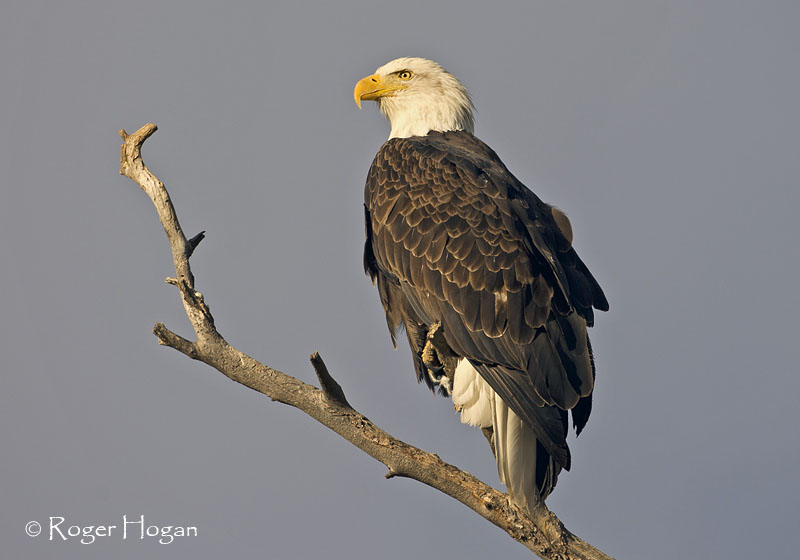
Tip #1 - Bring a note pad and take notes.
As soon as I pick a spot to glass from, I scratch out the lay of the land on a yellow pad to take notes and try to figure out where the prevailing wind will be coming from. If you know where the wind will be coming from, and you know where the sun will be during the day, you can pick spots to ambush your target at any time of the day.
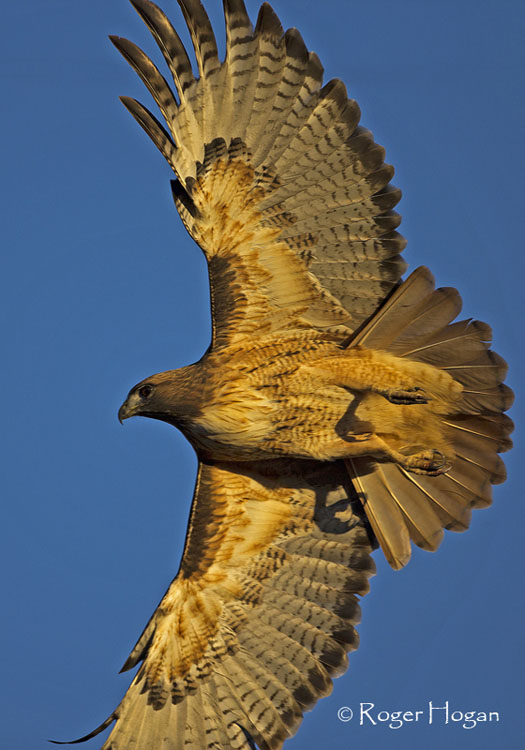
Tip #2 - Learn your subject's patterns.
Birds, unlike most mammals, move a lot during the day so you don't have to only scout during early and late hours. My plan is to try to "pattern them" By this, I mean that once I know where their nest is, I want to know where they are fishing, pick-up sticks for their nest, etc. Since most of the time birds like to land against the wind, and I now know where the prevailing wind is coming from, I can pick a ambush point either getting them coming and or going. It is close to the same thing with elk and deer except you will only be successful most of the time early morning or late evening. After only a couple of days, you will be able to come up with a pattern of when you need to be there.
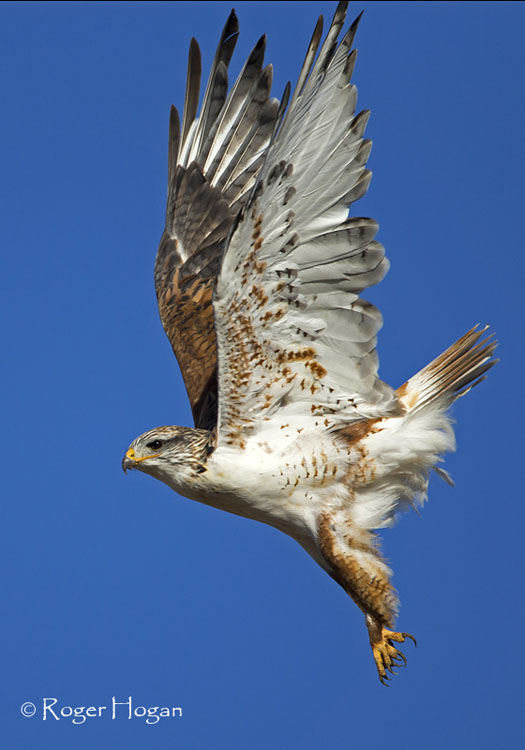
Tip #3 - Always have Plan B Locations
When you are scouting, look for 'Plan B' ambush locations. The reason for this is that some days the wind will change. When this happens, you will be glad to have those spots already picked out.
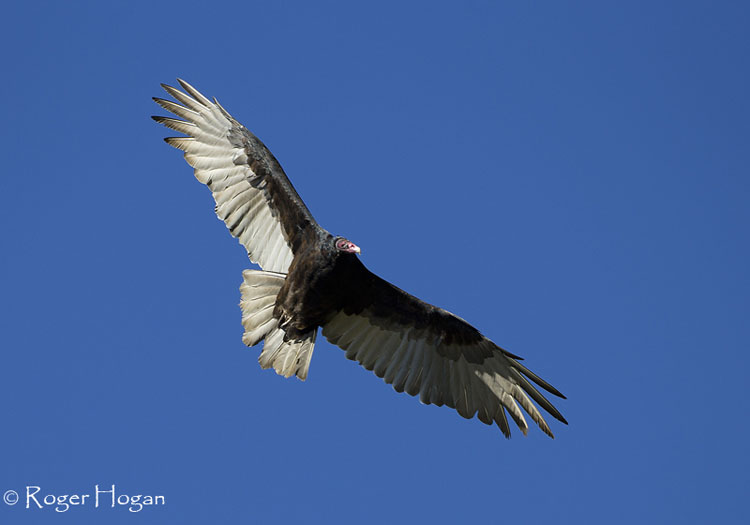
Tip #4 - Make your spots comfortable
Take some time and go to your picked out ambush locations. Try to make them comfortable as you may be there hours at a time. When I say 'make your spots comfortable,' I am not talking about bringing out the Lazy Boy. Take a set of pruners with you and make sure that if you are in a bush or ??? you can see well in the areas you plan to shoot in. You also need enough of a clearing to know when they are coming so you can be ready.
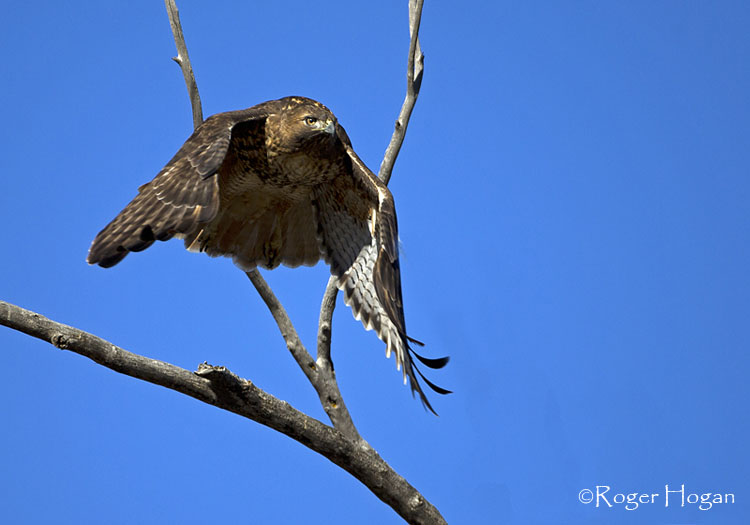
Tip #5 - Take the right supplies.
When I go into one of my ambush spots I normally take two cameras, a camp stool and a Thermos full of tea or coffee. I normally will give it 2 to three hours before I leave.
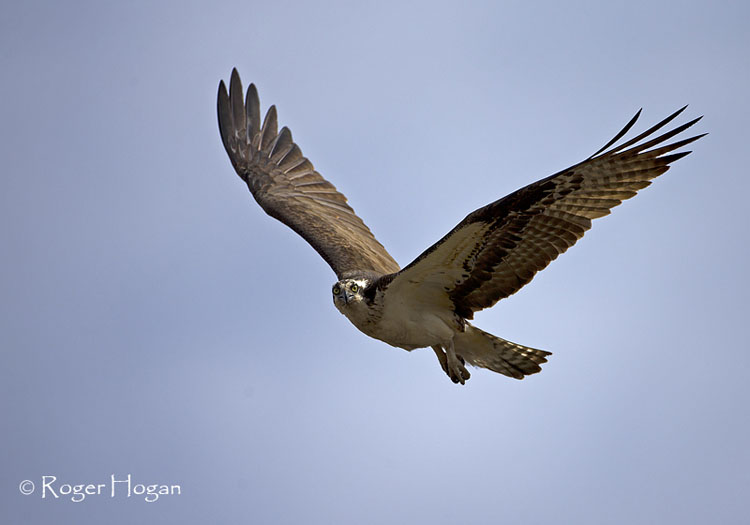
Tip #6 - Watch the weather
Always watch the weather for approaching low pressure coming towards you. Most wildlife will be much more active as a low is approaching you. This is especially true with mammals. They will come out earlier and stay out later.
Understanding you subject will make getting keepers a lot easier. For example, when Osprey arrive in our area, they will rest up a couple of days and then get started on remodeling their nest. When the female lays her eggs it means the male will be fishing for both of them, and when the babies arrive he will be fishing for himself, mom and the kids.
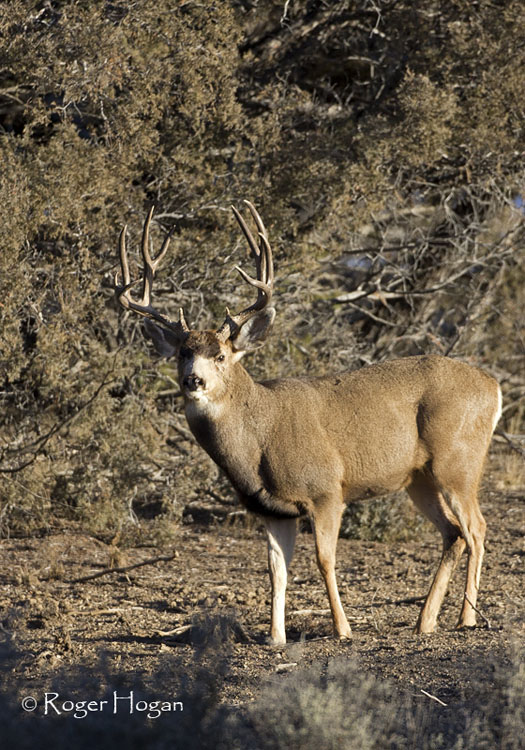
Tip #7 - Know your Subjects!
Knowing this will allow you to be there during the best action times. The male will normally stop on the way back to the nest to eat the head, and then fly off with the fish. Knowing where he likes to stop on the way to the nest from his fishing hole is a good idea. Build an ambush point so you can get him landing and eating his catch and then taking off. If you don't disturb him, he more than likely do it the same way probably 80 to 90 percent of the time. This will give you lots of opportunities to get that keeper you always wanted.
It is really like sitting on your deck at home shooting birds coming to your feeder. Instead of a chair on your deck, you are under a tree or in a bush waiting. If you have patterned the subject well you are going to have a lot of opportunities. Remember at most nests you will need 2 or 3 ambush spots because of the sun, this will let you be at the right place according to the time that you can be there. Between the nest, pops feeding tree & the fishing hole, you should be able to go there numerous times a week and yet get a lot of different photos.
When Mom is on eggs, or has little ones in the nest, you can even sit or lay down in your ambush spot and close your eyes and rest cuz she will start squawking when Pop needs to go fishing. She will do it again when he is coming back. She can get pretty loud, and it seems like the
louder she is, the faster pop gets back. :P I have shots of pop bringing whole fish back and not stopping to eat the head.
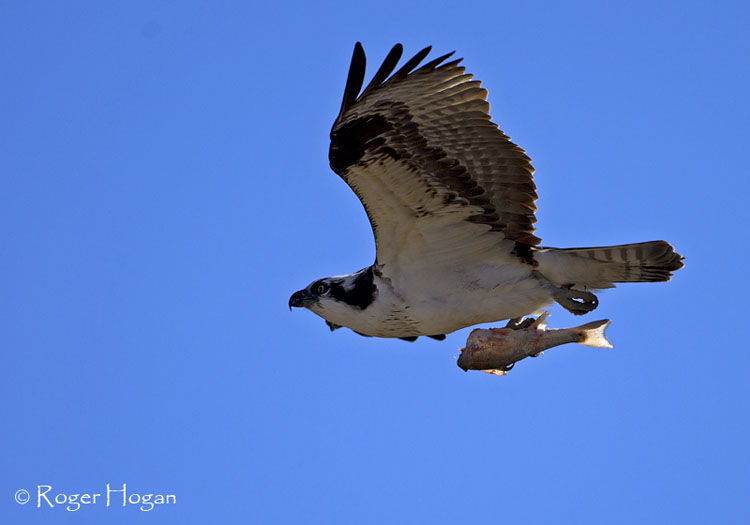
Tip # 8 - Wildlife Calls can be very helpful, even in photography.Once you are set up, and get comfortable with what you and the Osprey are doing, its time to take it another step. Wildlife calls will get you a lot of photos that others probably will not get. I use two different ones
most of the time: a crow call and a HoochieMama call. Crow calls are great because crows are the biggest pain in the ass in our wood. They bother everything so almost all birds will look if you use a crow call. A HoochieMama turned to the calf call will get the attention of almost everything.
Imagine you are in your ambush spot. You look through the hole in the bush behind you and your friend the osprey is coming. You put the crow call in your mouth, raise your camera, and just before you press the shutter...you use the call. The osprey is now looking directly at you!
If you look at some of my galleries you will see these calls work on about everything. This gives you a chance for more keepers from one set of shots because of the different looks and expressions on your subjects face. This also sometimes will cause your subject to turn around and come back for
another look.
Crow Call:
http://www.allpredatorcalls.com/products/Primos-Power-Crow--330.htmlHoochie Mama Call:
http://www.primos.com/products/elk-calls/hoochie-mama/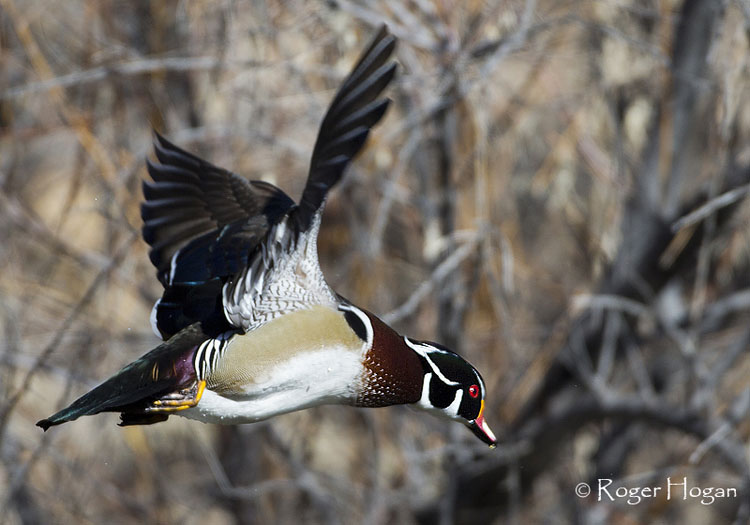
Tip #9: Don't Go Places Uninvited.
When you are driving around looking for Osprey and then finding their nest, always be on the lookout for a active nest on private property. Go to the house introduce yourself and give them a card with all your contact information and take one of your best photos on good photo paper with you so you can show them a example of your quality work. Tell them
you would like to make a trade with them; they let you shoot their Osprey, and every time you get a poster quality shot you will bring them a copy on quality paper.
This works very well and now you have your own private nest to shoot at. With enough patience you can end up making friend with this pair of Osprey and now you won't have to even get out of your car cuz they are used to you being around. The folks who own the property will even call you if something unusual is going on and they will tell all their friends and now you have a chance to have your own private areas to shoot wildlife. I take all my private land folks at least two photos every year and they keep me posted with what is going on and this saves me a lot of time and work. Think about this = A couple pieces of good quality photo paper and you have paid for your private osprey nest. I do this with all kinds of wildlife.
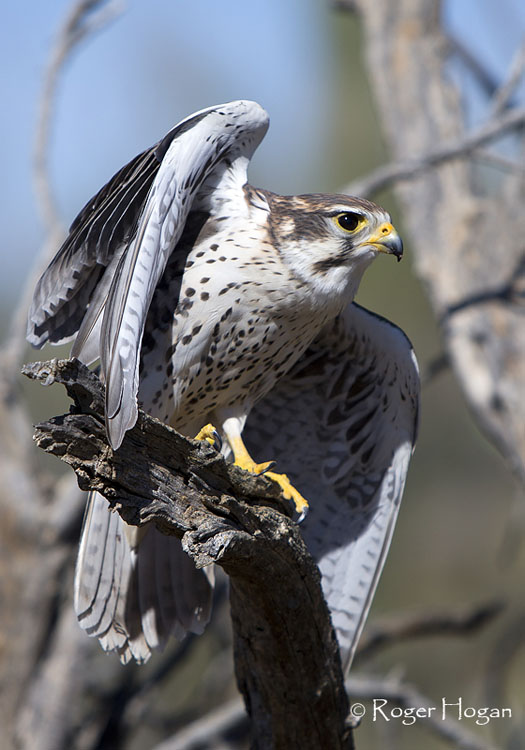
Tip #10 - A Stitch in Time Saves 9.
Time invested vs results: If you invest 4 days getting set up and you have a 5 year relationship with your subjects = IMHO this is a cheap investment.
Roger Hogan ( Wacky roger )
The Hotel & Shops
Chama, New Mexico
http://www.thehotel.org/